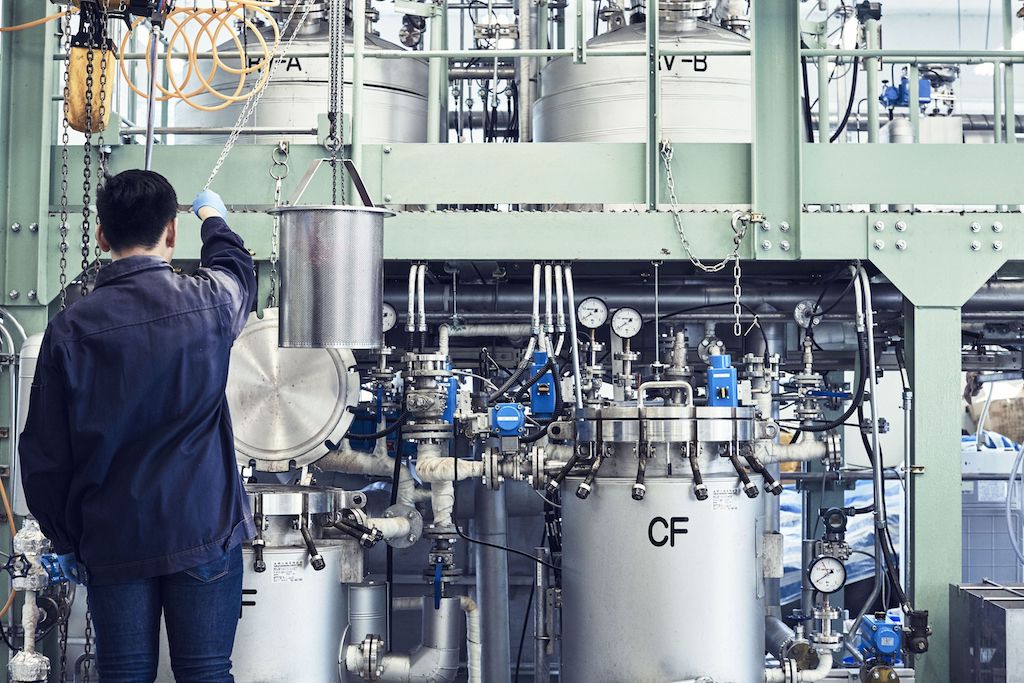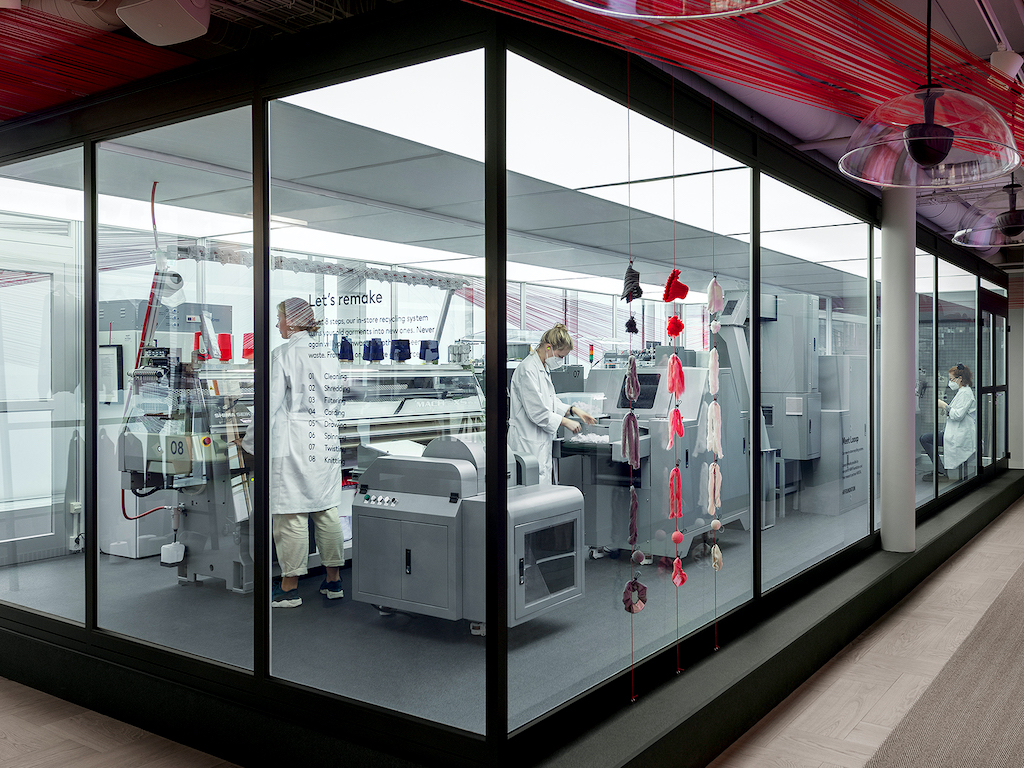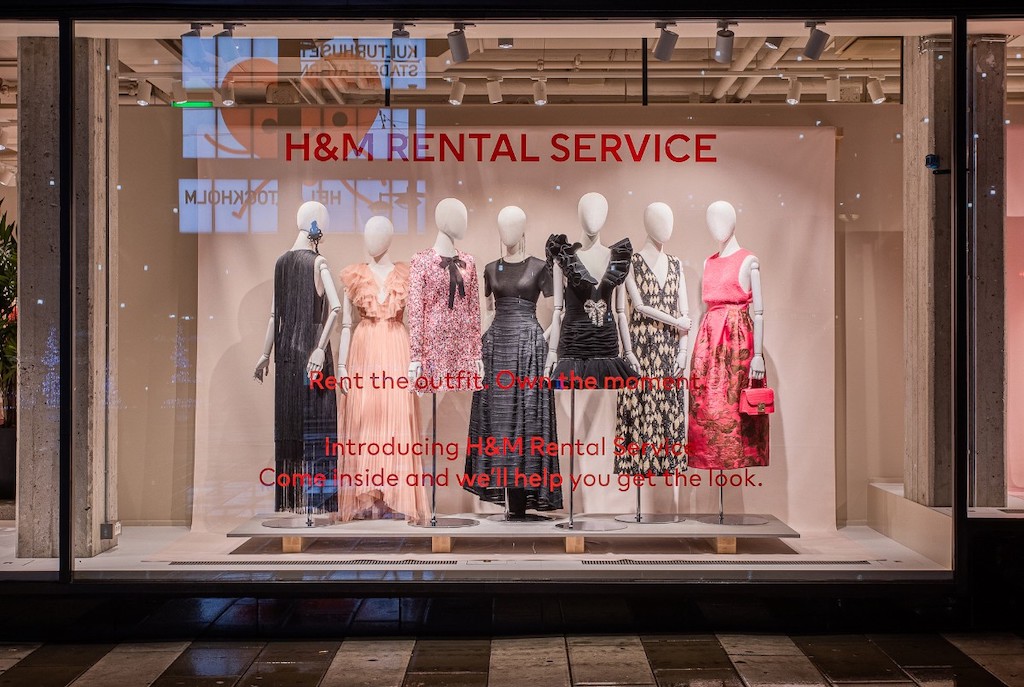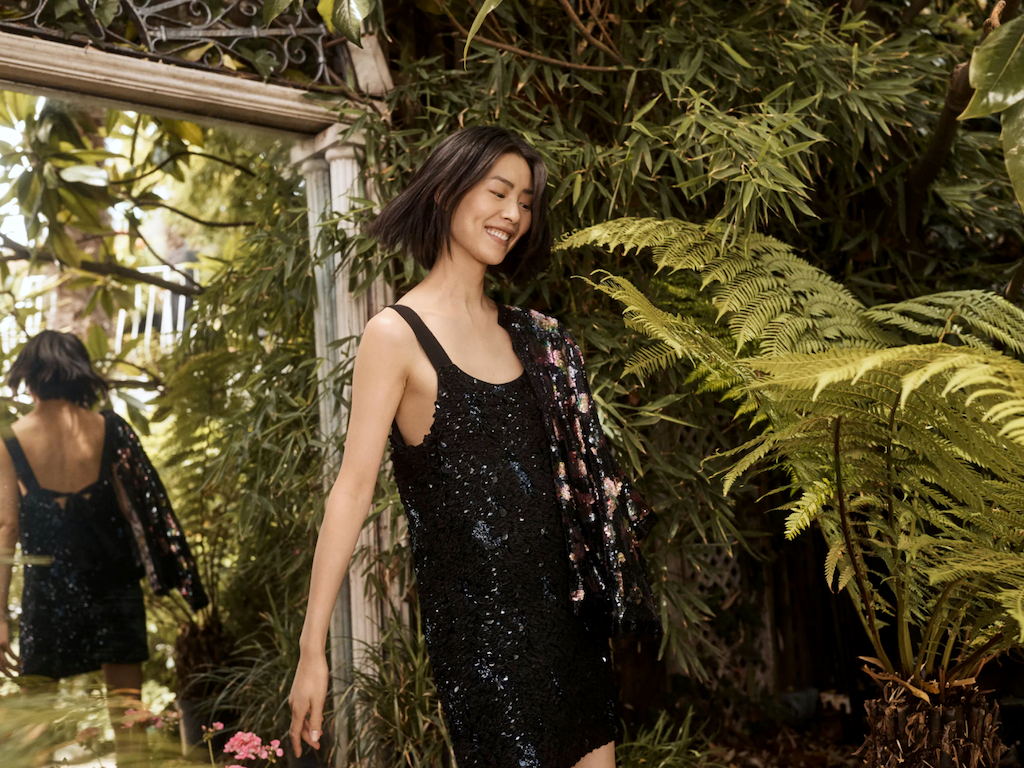5 Mins Read
Love or hate them, big brands and corporations are not about to disappear. Since we’re facing a major climate crisis, we need big companies to be better. And H&M, basically the face of fast fashion and a huge part of the problem, is working on that. Here are 10 ways the behemoth is trying to change, one step at a time.
1. They joined the consortium endorsing infinite recycling technology
H&M is among the major global fashion brands now endorsing Infinited Fiber Company, a Finnish biotech that has developed a circular solution that turns discarded textiles into high-quality, bio-based regenerated fibres. As part of the consortium, the fashion giant has helped the startup conduct in-house testing on various textiles, including denim, jersey, shirting materials and non-woven fabrics, and has committed to incorporate the infinitely-recyclable alternative instead of virgin materials.
2. It uses a “Green Machine” to create Monki’s recycled polyester line
Developed in partnership with The Hong Kong Research Institute of Textiles and Apparel (HKRITA), H&M helped to bring the “Green Machine” recycling system to life this year. After testing the concept out in Hong Kong two years ago, HKRITA has now set up an industrial-scale Green Machine in Indonesia, which is able to process 1.5 tons of textile waste per day, including typically difficult-to-recycle blended fibres, yarns and fabrics. The entire system runs on just heat, water and citric acid. The first of H&M’s brands to manufacture garments using the Green Machine will be Monki, who will create its first-ever circular line using its recycled polyester.

3. It became the first brand to use Circulose…
H&M is the world’s first brand to use startup Renewcell’s Circulose fabric, which is made from discarded textile waste. The Stockholm-based startup’s Circulose fabric is made from recovered cotton, replacing the need to use any raw forest material to make new clothes. Featured in H&M’s Conscious Exclusive collection this year, the brand used 50% Circulose derived from recycled denim jeans and 50% viscose from FSC-certified wood to make a sustainable dress.
4. …And has since made a multi-year deal with the startup behind Circulose
Since launching the first ever garment made with Circulose, H&M has decided to expand its partnership with Renewcell, forging a multi-year agreement to supply the fast fashion giant with thousands of tonnes of Circulose fibres made from unusable textile waste. H&M will then use the recycled waste fibres to produce “millions” of sustainable garments across its brands over the next five years.

5. Treadler is its new sustainable B2B service
In March, H&M launched Treadler, a new B2B service with a view to offer other companies access to the global fashion group’s supply chain and sustainable product development support. This new arm will see H&M work alongside other fashion players, lend its expertise and forge long-term partnerships that are all aimed at greening the entire fashion supply chain, from operations to product development, sourcing and logistics.
Read: Q&A with Hanna Hallin of Treadler on “futureproofing the fashion industry”
6. H&M debuted a “Looop” system in one of its stores to help customers visualise circular fashion
Launched in October this year, H&M has added a new Looop system developed with HKRITA in its Drottninggatan store in Stockholm. Housed in a glass room, the system will offer customers the ability to see how its container-sized machine recycles their own textiles into something new, as part of its mission to help shoppers see what a closed loop fashion approach looks like. Customers will even be able to try out Looop in the store for a fee – the proceeds for which will go towards material innovation.

7. H&M appointed its former sustainability head as CEO
The official launch of Treadler came soon after H&M appointed its former sustainability chief Helena Helmersson as CEO back in January 2020, in a strong show of the importance the corporation is placing on tackling its polluting operations. In a statement published soon after taking on the role, Helmersson said that she will put forward her “clear mission for our sustainability work – to put it to put it at the heart of how we operate and develop the group.”
8. The brand turned its Stockholm flagship into a recycle, rental & repair concept
From the outset, H&M’s flagship store in Stockholm’s shopping district Sergels Torg looks like any other one of its many outlets. But unlike its fast fashion reputation, the 3,200–square-metre flagship now publicly embraces circularity. The shop offers everything from an all-new rental service to a clothing repair department and even textile recycling unit where old garments get resold in secondhand stores or upcycled into new fibres. It doesn’t end there: customers receive electronic invoices to avoid paper waste, the entire store is fitted with energy-efficient LED lighting, and is 96% powered by renewables.

9. Their latest conscious collection explores the “beauty of waste”
H&M’s latest Conscious Exclusive A/W20 collection is centred around the theme “beauty of waste”, with all its pieces crafted from sustainably sourced materials that have been repurposed, upcycled or recycled from fabrics and fibres that would have otherwise been thrown away. In the accessories section is a pair of sunglasses made from “Made of Air”, a new material that is partially made out of waste biomass, as well as new shoes made from Vegea’s vegan upcycled grape leather sourced from wine by-products.
10. H&M has been working with WWF on water stewardship for years
Since 2011, the group has been working with nonprofit WWF to improve water management in water-stressed regions of the world. The partnership involves a five-step model, where H&M works according to WWF’s approach that targets suppliers, staff, consumers, governments and other stakeholders across the supply chain to incentivise better water use, water management and monitoring to protect our precious natural resources.
Lead image courtesy of H&M.




